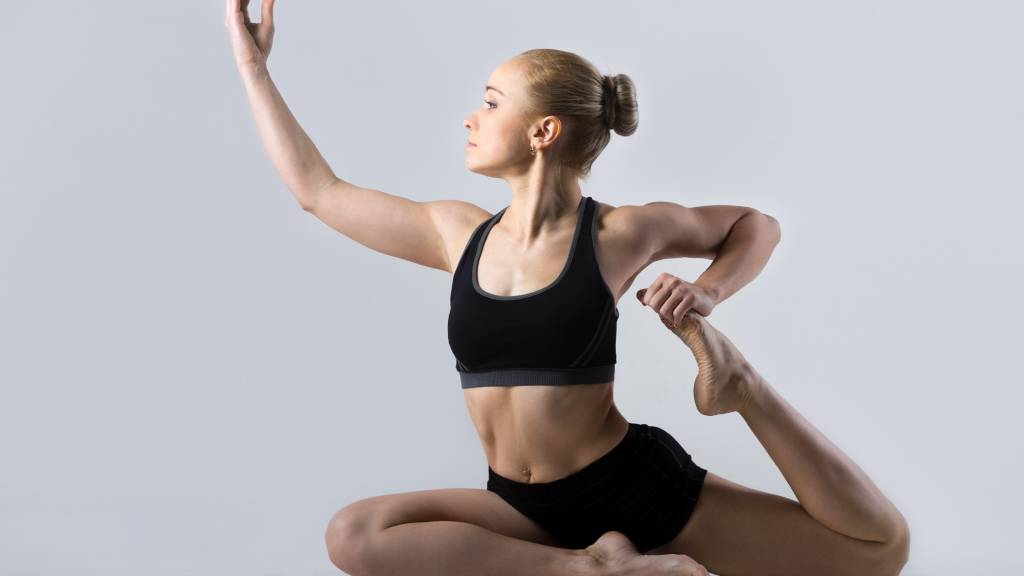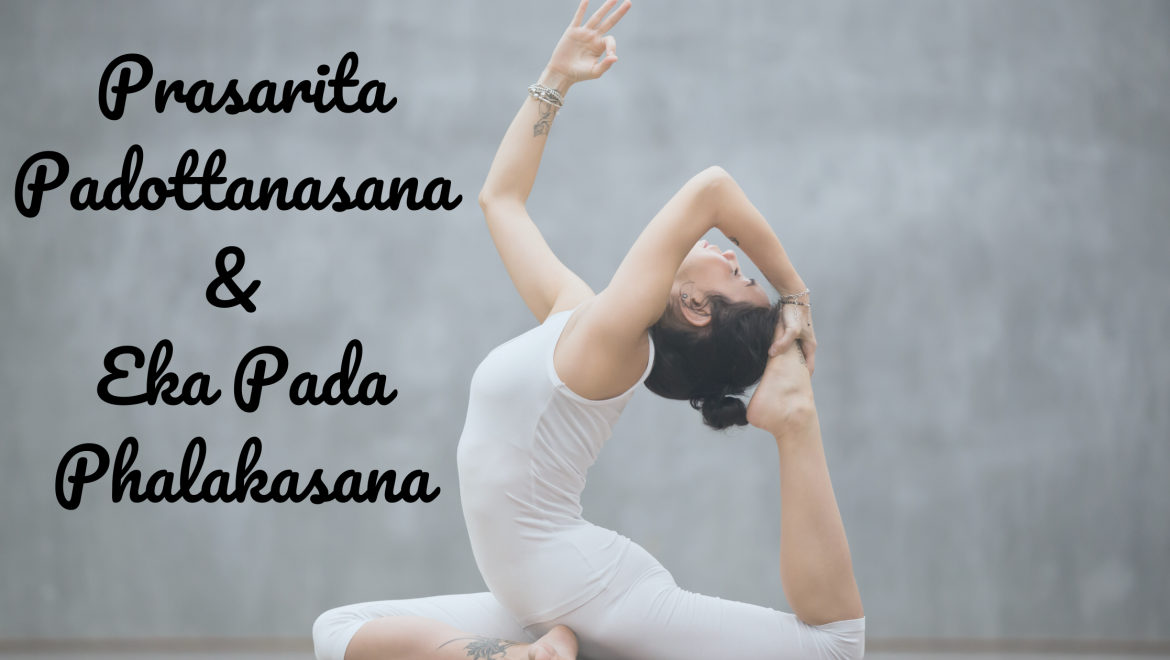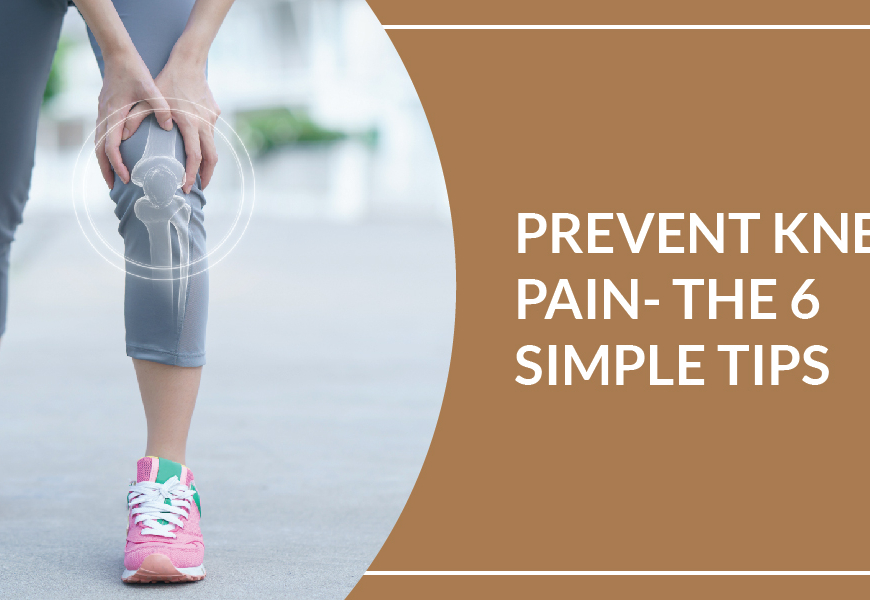Prasarita Padottanasana
This yoga asana sounds like a tongue twister but has numerous benefits. Prasarita Padottanasana is a half inverted yoga pose which challenges the body energy to reduce depression and negative thoughts. The pose is also known to boost confidence and discharge a sense of euphoria throughout the body. The name has been derived from the Sanskrit words “prasarita” meaning “extended”, “pada” means “foot”, “utta” means “intense” and “asana” means “pose”. This wide-legged forward bend asana helps in increasing blood circulation in the body to the brain while stretching the legs, arms, and back of the person. It is essentially a practice of extensive stretching, which can warm up or calm down the body and mind. It is also a good preparatory yoga pose for performing headstand (shirshasana) or peacock pose. This asana is a phase of Ashtanga Vinyasa Yoga’s initial series.

Prasarita Padottanasana is said to energize the first three chakras: muladhara (root), svadisthana (spleen or sacral), and manipura (solar plexus or navel). Stimulating these chakras to help promote a sense of stability, productivity, and self-acceptance. This pose helps lead the energy upward and aids the practitioner in controlling the body and its strength. It is also a resting pose for those who have worked on their flexibility and can generously stretch. A sense of calmness and fulfillment is attained while performing this asana which has a cooling effect on the brain. It is also an excellent exercise for opening the hips and releasing cramps and muscle contraction. As it performed by inverting the head and stretching the back, it has also proven to be effective for people with backaches and spine contractions. This asana requires diligent practice to attain the posture to perform the same.
Contradictions of Prasarita Padottanasana
- The forward bend of the asana should be avoided if the practitioner is injured in the hips, knees, ankles, shoulders, neck, back, or head. It is also advisable for patients recovering from surgery of internal organs, to refrain from this yoga pose.
- The pressure on the head during forwarding bend may not suit people suffering from blood pressure, hypertension, or migraine, so it is better to avoid the pose. In these conditions, dizziness is a common issue, so with the practice of Prasarita Padottanasana, putting too much pressure on the breathing might accentuate the dizziness
- People suffering from arthritis or fibromyalgia should avoid this position as it puts pressure on the knees, hips, or shoulders.
Steps to perform Prasarita Padottanasana
- Stand in Tadasana pose. Stretch your hands straight out to your sides and widen your stance until your ankles are directly below your wrists. Make sure that your feet are parallel and that their outer edges line up with those with your yoga mat. Root your feet firmly into the mat and distribute your weight evenly between your toes and heels.
- Straighten your legs, and lift your kneecaps to engage your thighs. Put your hands on your hips, draw a deep breath in, lift your chest, and start to move your heart forward and up. Gently draw your shoulder blades toward each other.
- On an exhalation, keep your spine long as you maintain straight, but do not hyperextend legs. Continue to lengthen your torso as you begin to fold forward. (If you feel any strain in your lower back, bend your knees or come out of the pose.)
- When your torso is halfway down, lower your hands to bring your fingertips to the mat underneath your shoulders. Try reaching the balls of your feet by moving your weight slightly.
- As you continue to lower your torso, root your tailbone down towards your feet, which will engage your core muscles to stabilize your lower back. Move your thighs back slightly so that they are more in line with your ankles. Walk your hands back so your fingertips are more in lines with your toes, press your palms into the mat. Let your neck and head be heavy.
- Lengthen your torso even more bend your elbows bring the crown of your head down to eventually rest on the mat. (If your head is nowhere near the floor, try widening the stretch) Press your fingers firmly on the floor and spread your fingers widely. Hold for 10 to 15 breaths.
- To come out of the pose, bring your hands to your hips, press your feet firmly into the mat, and on an inhalation, draw your elbows toward the ceiling and your belly in and up as you lift your torso.
Benefits of Prasarita Padottanasana
- Placement of our feet is very important to build a proper body posture. This pose helps in strengthening your legs and feet and gives a firm structure to the body.
- It is essentially a stretching exercise that helps to prolong the spine and as align and stimulate the chakra for better focus and concentration.
- There is an extensive flow of blood in the brain while performing this asana.
- This asana is also known to strengthen the abdomen.
Eka Pada Phalakasana
This is an intermediate level of yoga pose that is performed in prone positions. It literally translates to ‘one hand plank’. It is an isometric core exercise that is usually performed in a position similar to pushup for the maximum time. This asana is said to strengthen the abdominal’s back and shoulders. There are many muscles involved in this exercise including primary muscles, secondary muscles, etc, which are stimulated while performing this asana. The pursuit of perfect abs often seems like a lifelong ordeal. But it can be possible with this asana.

Steps to perform Eka Pada Phalakasana
- Begin with the plank position with your shoulders over your wrists and your body in a straight line.
- Raise your right arm and hold keeping abs tight. Repeat on the other side.
- Try holding the pose to 10 to 15 breadths.
Benefits of Eka Pada Phalakasana
- This asana requires your arms and legs and all your abs to perform, making them an all-encompassing work out and more efficient way to exercise.
- It also helps to improve your posture.
- One hand Planks can increase flexibility as it a dual strength and stretch exercise.





Add Comment